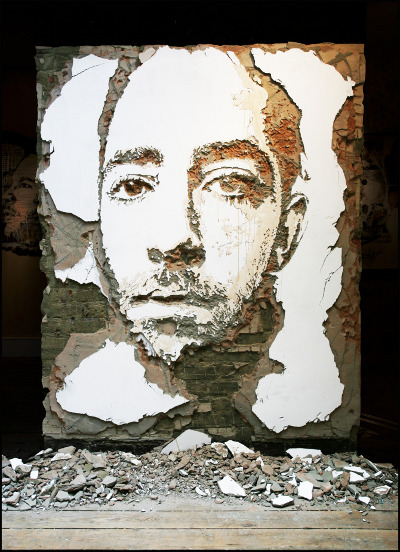I just returned from a world of distorted day-night-rhythm, caffeine, camping, data toilets, colorful lights and most importantly ingenious people and projects. There were some great talks and many great hackerspaces from Germany and around the world were attending.

Every attendee at the conference received a r0cket badge when arriving at the campground. It’s a “full featured microcontroller development board” including a 32-bit ARM Cortex-M3 LPC1343 microcontroller, a 96×68 monochrome LCD and 2.4GHz transceiver for mesh networking.
There was a DECT and GSM phone network setup.
HAM-radio enthusiasts from Metalab were working on Moonbounce: radio communication over a distance of at least 2 light-seconds using the Moon as reflector.
A couple of microcopter and drone projects presented their work. There was for example the NG-UAVP project. They released a couple of great areal videos. A project I did not know but I find particularly fascinating is the Paparazzi project. It is an “exceptionally powerful and versatile autopilot system for fixedwing aircrafts as well as multicopters”. This is a project that is for example used by Scientists from the Finnish Meteorological Institute to measure temperature, humidity, pressure, wind direction and speed in altitudes up to 1000m at Antarctica. Very impressive!
For me personally, meeting a number of interesting people that are part of the decentralized web movement was really great. Because of some truly enlightening conversation with people from the FreedomBox Foundation, Michiel de Jong from unhosted.org and buddycloud developers I started thinking about the whole topic again especially about host-proof applications and what a host-proof social network could look like.

Too bad this event is not every year. I had such a great time I would love to go again soon!

